As the US bans controversial additive Red Dye 3 - a dietician explains what it is and why it's so harmful
Cherry red food colouring is on the out.

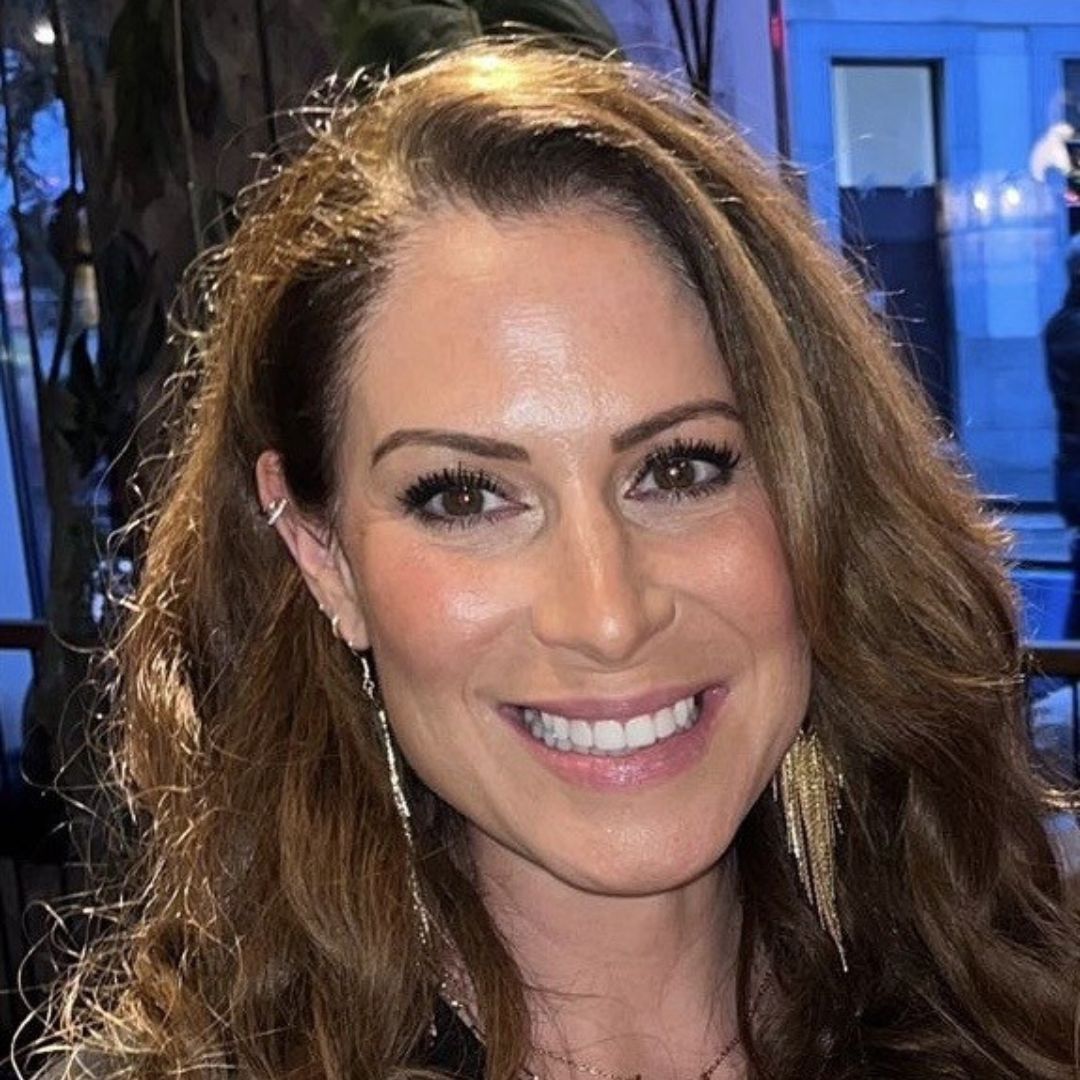
When was the last time you thought about food regulation? The likelihood is, not recently - unless, of course, work in the food industry. But last month, the US Food & Drug Administration banned the use of the controversial red dye 3 food additive in (most) foods, and it got us thinking: what is red dye 3, and why has it been banned now? And - more importantly - who decides what is (and isn't) in our food?
A bit of background, first. Red dye 3 has been prohibited for use in cosmetics in the US since 1990 over concerns that it can cause cancer. Research (such as this study, published in the International Journal of Occupational Medicine and Environmental Health) shows that the colouring causes cancer in animals, although the causal link to human cancers is yet to be established.
Given that the additive was deemed too harmful for transdermal use, many have pointed out how concerning it is that it's taken them a further three decades to be banned from food, and that it's still authorised for use in certain products, even in the UK (namely, maraschino cherries).
Wondering, why now? Well, the ban has been coming for a while, with scientists in the US claiming it's long overdue. The state of California banned the colouring last year over carcinogenic concerns, but its use is still widespread in confectionary products such as sweets, fizzy drinks and even cough syrups in the US. The reasoning behind the timing of the ban is largely unclear, but it seems that the US government was under increased pressure from health experts to address the issue.
"Despite evidence of its risks, Red Dye 3 remained in foods for years after being banned in cosmetics and topical drugs in America in 1990," says registered associate nutritionist Eli Brecher. "However, it has now been banned as a result of growing pressure from health experts and advocacy groups, mainly due to it causing thyroid tumours in animal studies."
Food product manufacturers in the US have until January 2027 to implement the ban, while drug companies have until January 2028 to reformulate their products without red dye 3 - all of which means you could still be ingesting the dye for the next two to three years. With this in mind, we've asked the experts for their take on what it is, why it's harmful, plus where and how we're likely to be consuming it.
Wondering, what supplements should I take? Read our guide, here. And for more on all things healthy eating, do check out our guides to the expert-approved and genuinely balanced nutrition tips, plus a nutritionist's healthy breakfast ideas, healthy snack ideas, and healthy smoothie recipes, here.
Marie Claire Newsletter
Celebrity news, beauty, fashion advice, and fascinating features, delivered straight to your inbox!
As the US bans Red Dye 3 - top experts weigh in on what it is plus why it's harmful
What is Red Dye 3?
Here's the science bit. "Red Dye 3, also known as erythrosine or FD&C Red No. 3, is a synthetic cherry-pink dye derived from petroleum," explains Nichola Ludlam-Raine, specialist registered dietician and author of How Not To Eat Ultra-Processed. "It's commonly used to colour foods like American sweets, baked goods, and in certain medications."
Worryingly, while the dye itself has been largely eliminated from food and drink in the UK, it's still present in some candied fruits (cherries) and cocktails. Across the pond, the substance is believed to be present in over 3,000 food products - specifically ones marketed to kids.
Not only this but there's also evidence that social media trends are fuelling illegal imports of products containing the dye. "The UK has prohibited the use of Red Dye 3 in food products for several years due to health concerns," notes Ludlam-Raine. "Despite this ban, authorities have reported seizing items being illegally imported - often influenced by social media trends - to protect public health."
Why is red dye 3 bad for us?
Given that we may still be exposed to the chemical, let's take a look at why it's deemed harmful.
As touched on above, there's tangible clinical evidence that red dye 3 causes cancer in animals - and the risks don't end there. "Studies have linked Red Dye 3 to potential health risks, including concerns around cancer, with animal studies suggesting it may increase the risk of thyroid tumours," shares Brecher. "It has also been linked to hyperactivity in children and may exacerbate ADHD symptoms."
While there's currently no proven link between the dye and cancer in humans, research (such as this study, published in the journal Environmental Health) shows a link between food dye exposure and adverse behaviour in children.
@rmi_health ♬ original sound - RMI Health
Why should we be aware of what's in our food?
Over the last few years, we've all become increasingly aware of the issues around consuming ultra-processed foods (although it's important to note, here, that it's not necessarily possible or desirable to eliminate ultra-processed foods from our diets entirely). An inevitability of us becoming more educated means more questions being asked about the ingredients in what we eat and drink.
"Being informed helps consumers make choices aligned with their health needs and avoid potential allergens," notes Ludlam-Raine. "It's important to recognise though that many additives, such as preservatives, exist in our foods to keep the product safe and to stop it spoiling - unlike food colourings which are there to make the food look good."
For the most part, being well-informed about what we're putting in our bodies is absolutely a good thing, as we explore below.
1. It enhances health and wellbeing
"Being informed about food ingredients is critical for health and wellbeing," shares Lauren Windas, registered nutritionist, naturopath and co-founder of ARDERE.com. "It means that we can stay informed on harmful additives and prevent any risk of allergic or food reactions. Plus, being aware of ingredients can empower us towards a more whole foods-based diet which is known to help reduce our risk of chronic disease and ultimately enhance our longevity."
2. It boosts mental wellbeing
"Being aware of ingredients in foods can bolster mental wellbeing as well as physical health," adds Windas. "This is because, through ingredient awareness, we can look to avoid high UPF and sugar foods, which can affect mood."
We can also ensure in this way that our eating habits align with our personal ethics. We know that food production is linked to adverse environmental impacts, from the link between palm oil production and deforestation to beef farming and methane emissions. Making informed choices bolsters accountability and can improve wellbeing outcomes.
3. It encourages transparency
"Ultimately, food ingredient awareness helps us as food consumers to gain transparency and consumer power," notes Windas. "Knowing about and challenging what's in our food and drink enables us to make informed decisions that suit our needs and promote health and our overall quality of life."
@susana.ritchey.rd ♬ original sound - Susana Ritchey, RD
Who decides if and when food substances are banned?
So, who decides what's in our food and drink? Ultimately, it's down to the government. The Food Safety Act 1990 provides the legal framework for food safety in the UK, however, since this legislation includes references to EU laws, it's worth noting that there will be some changes made as we prepare to move to UK-led laws ad regulations.
"In the UK, food safety and standards are governed by regulations that were initially aligned with EU laws," explains Ludlam-Raine. "However, post-Brexit, the UK has begun establishing its own regulatory frameworks. For instance, the Food Additives, Food Flavourings and Novel Foods (Authorisations) (England) Regulations 2023 outline the processes for authorizing food additives and flavourings in England. The Food Standards Agency (FSA) and Food Standards Scotland (FSS) are responsible for ensuring food safety and have committed to maintaining high standards post-EU exit."
While we're in a state of flux, there's no evidence that food laws will be negatively impacted.
"In the UK and EU we have stricter food safety regulations and a much more precautionary approach towards navigating public health compared with countries such as the United States," agrees Windas. "The good news is that the UK can make independent decisions on banning food additives much quicker than if we were in the EU, however, on the flip side, in the EU warning labels were mandatory on foods with artificial dyes, but in the UK this is no longer a requirement so companies do not have to display these warnings."
Can we be sure that we're not consuming red dye 3?
In a word, no. "The UK moved to phase out Red Dye 3, clamping down pressure on manufacturers to start phasing out synthetic dyes in devour of natural alternatives," says Windas. "However, it is still found (and has often been historically used) in maraschino (glace) cherries."
And if you're travelling to the US, you're likely to come across the additive for the next couple of years, at least. The more you know...
Shop MC UK's go-to wellness essentials now:
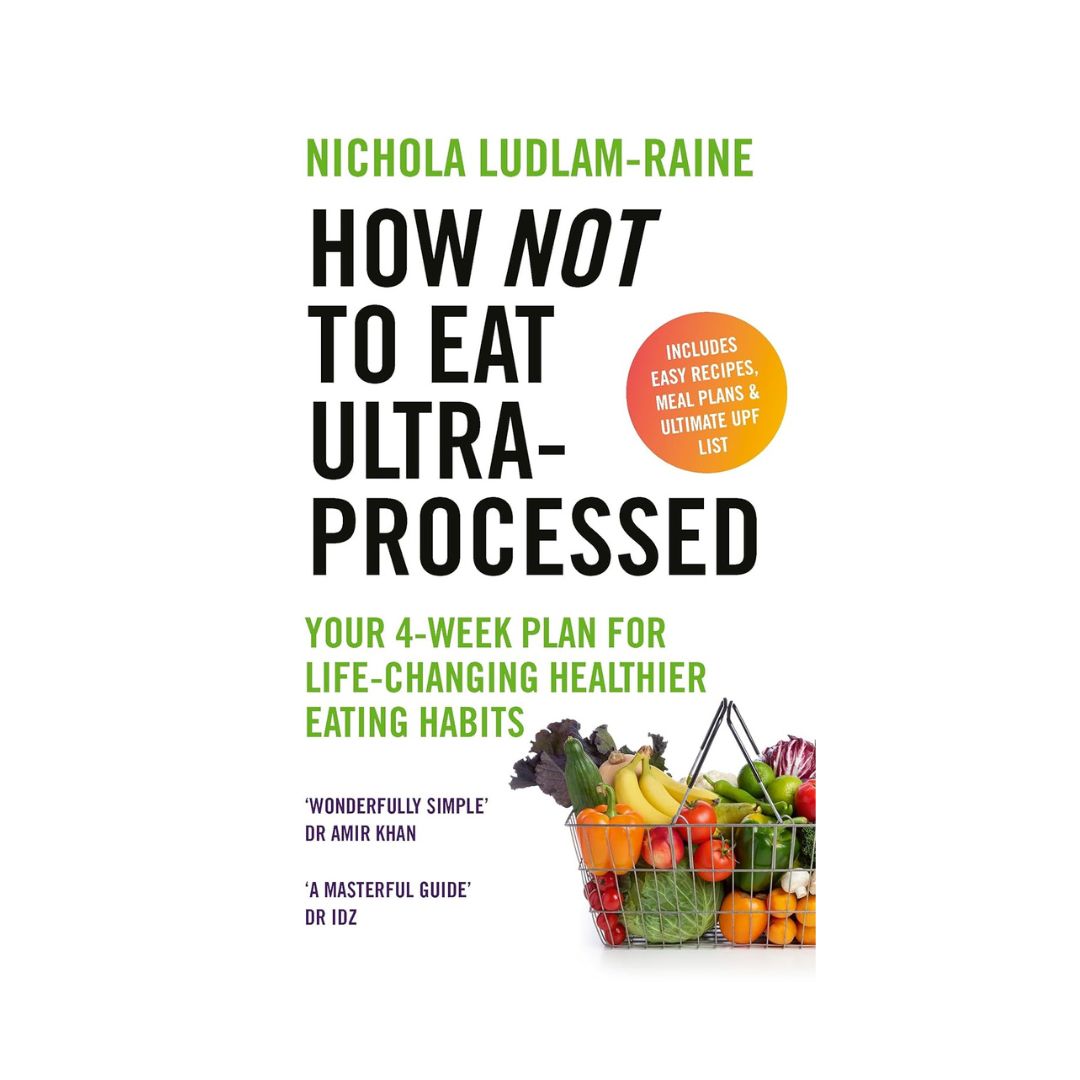
Grad your copy of Ludlam-Raine's highly readable guide to reducing the UPFs in your life. It's packed with actionable tips and delicious recipes to boot.
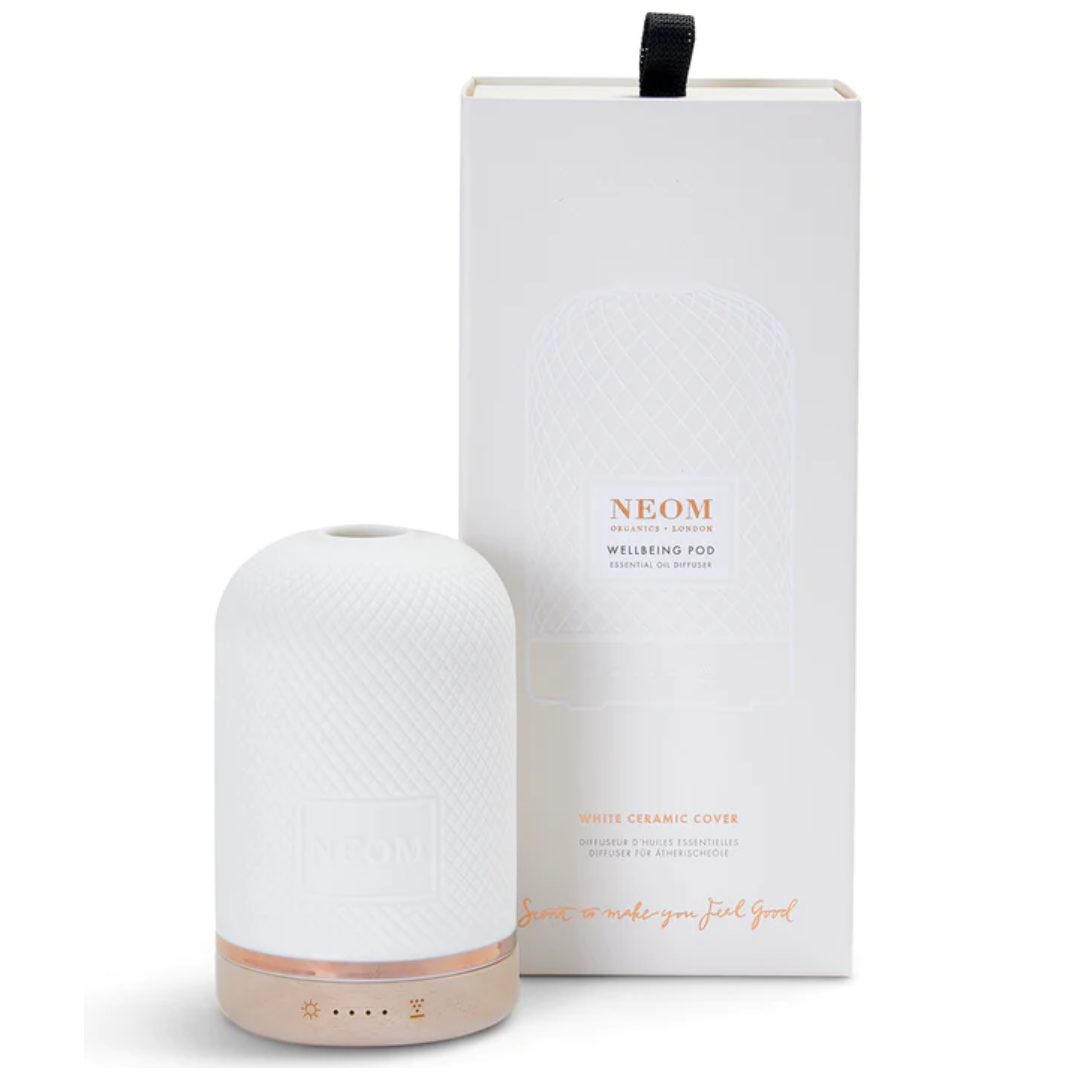
Treat yourself to this Neom diffuser and upgrade the zen on your WFH set up. More sustainable than burning candles, the scent pay-off is impressive, and we defy you not to feel more relaxed.

Our love for the humble sweatpant knows no bounds, and this straight-leg pair from cult favourite Adanola are perfect for luxe lounging and are even smart enough for nipping to the shops, too.
How can I minimise my risk of eating red dye 3?
"If you're looking to avoid red dye 3 and other synthetic additives in your diet, it's important to check food and drink labels carefully," advises Brecher. "Ideally, opt for naturally coloured alternatives, such as beet juice or turmeric, and stay informed about food safety policies."
Also worth noting - "Many processed foods contain artificial additives that could pose health risks," they go on. "Being informed helps consumers make healthier choices, avoid unnecessary chemicals and advocate for stricter food regulations."

Anna Bartter is a freelance journalist who writes about health, fitness and women's lifestyle for publications including Stylist, Metro and Psychologies, among others.
She's always on a quest to find a variety of fun and functional workouts that give you the most bang for your workout buck and she's passionate about championing movement for everyone's mental and physical wellbeing.
-
 How Ben Affleck feels about dating after his divorce from Jennifer Lopez
How Ben Affleck feels about dating after his divorce from Jennifer LopezHe's taking it slow
By Iris Goldsztajn
-
 Dior travels to Kyoto for a cherry blossom-inspired fashion show
Dior travels to Kyoto for a cherry blossom-inspired fashion showHere's everything you need to know
By Clementina Jackson
-
 Prince Harry's calls and letters to King Charles 'go unanswered,' source claims
Prince Harry's calls and letters to King Charles 'go unanswered,' source claimsThings aren't looking up between the royals
By Iris Goldsztajn
-
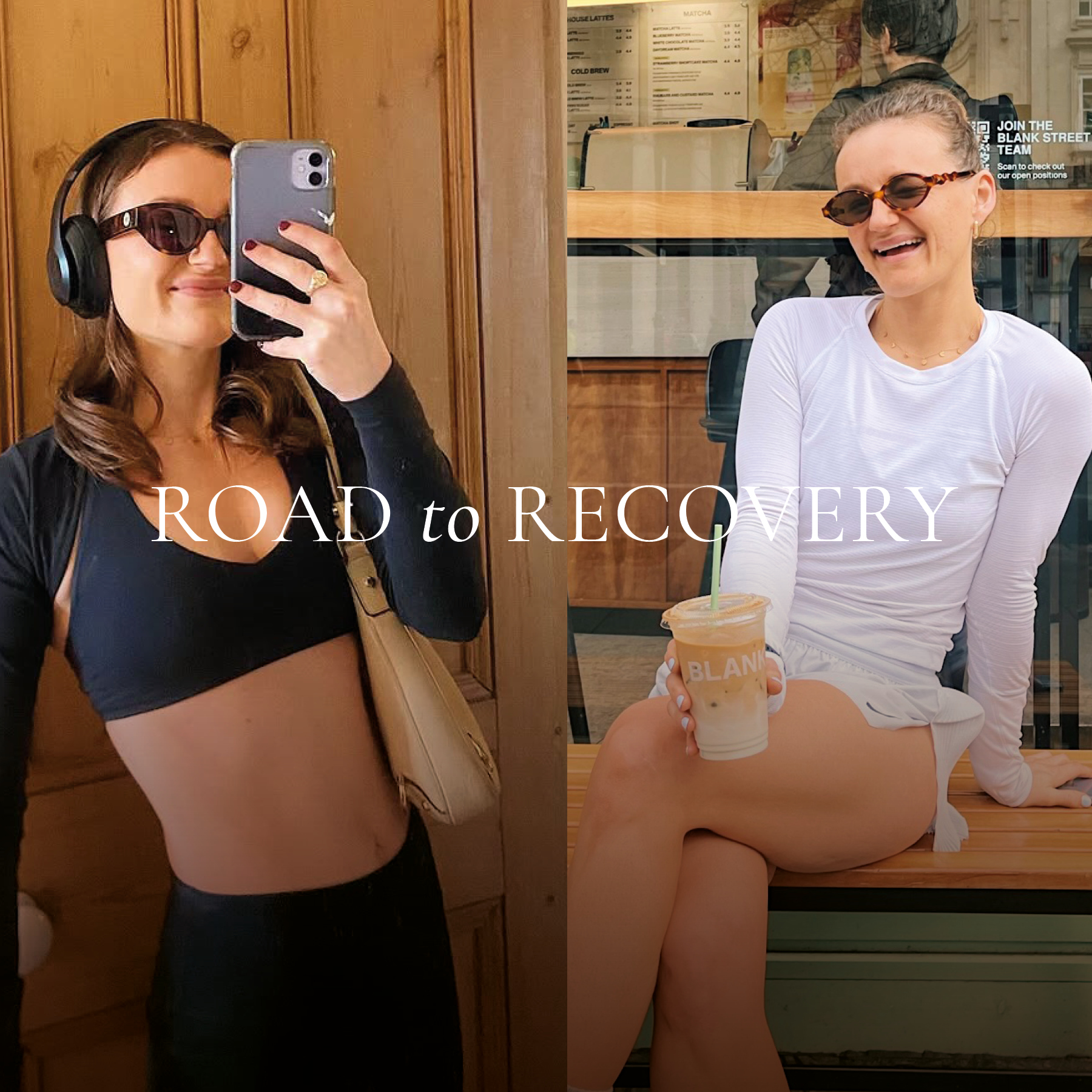 Road To Recovery: I'm a Health Editor and marathon runner who’s long struggled to make recovery a habit - enter, my lazy girl's guide to R&R
Road To Recovery: I'm a Health Editor and marathon runner who’s long struggled to make recovery a habit - enter, my lazy girl's guide to R&RRecovery is all too easy to skip when you’re busy, but it’s as essential as working out to boost wellbeing - which is where these handy tips come in.
By Ally Head
-
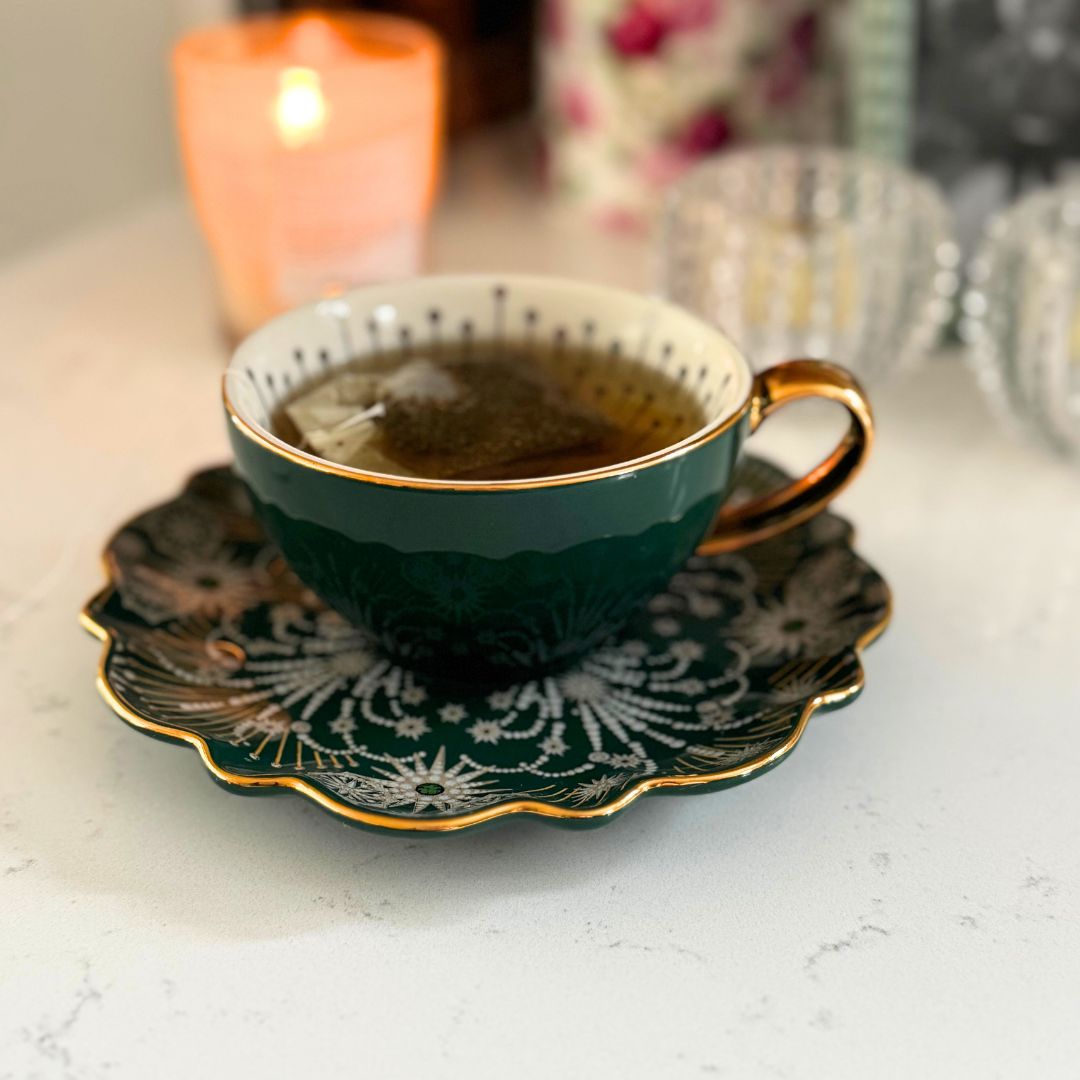 I tried TikTok's lemon balm tea for a week to see if it can really help to reset your nervous system - my honest review
I tried TikTok's lemon balm tea for a week to see if it can really help to reset your nervous system - my honest reviewSit back and pour yourself a cup of calm.
By Anna Bartter
-
 The entire UK seems to be obsessed with saunas RN - 9 benefits to know about, if you're considering giving them a go
The entire UK seems to be obsessed with saunas RN - 9 benefits to know about, if you're considering giving them a goEnter your Scandi girl era.
By Anna Bartter
-
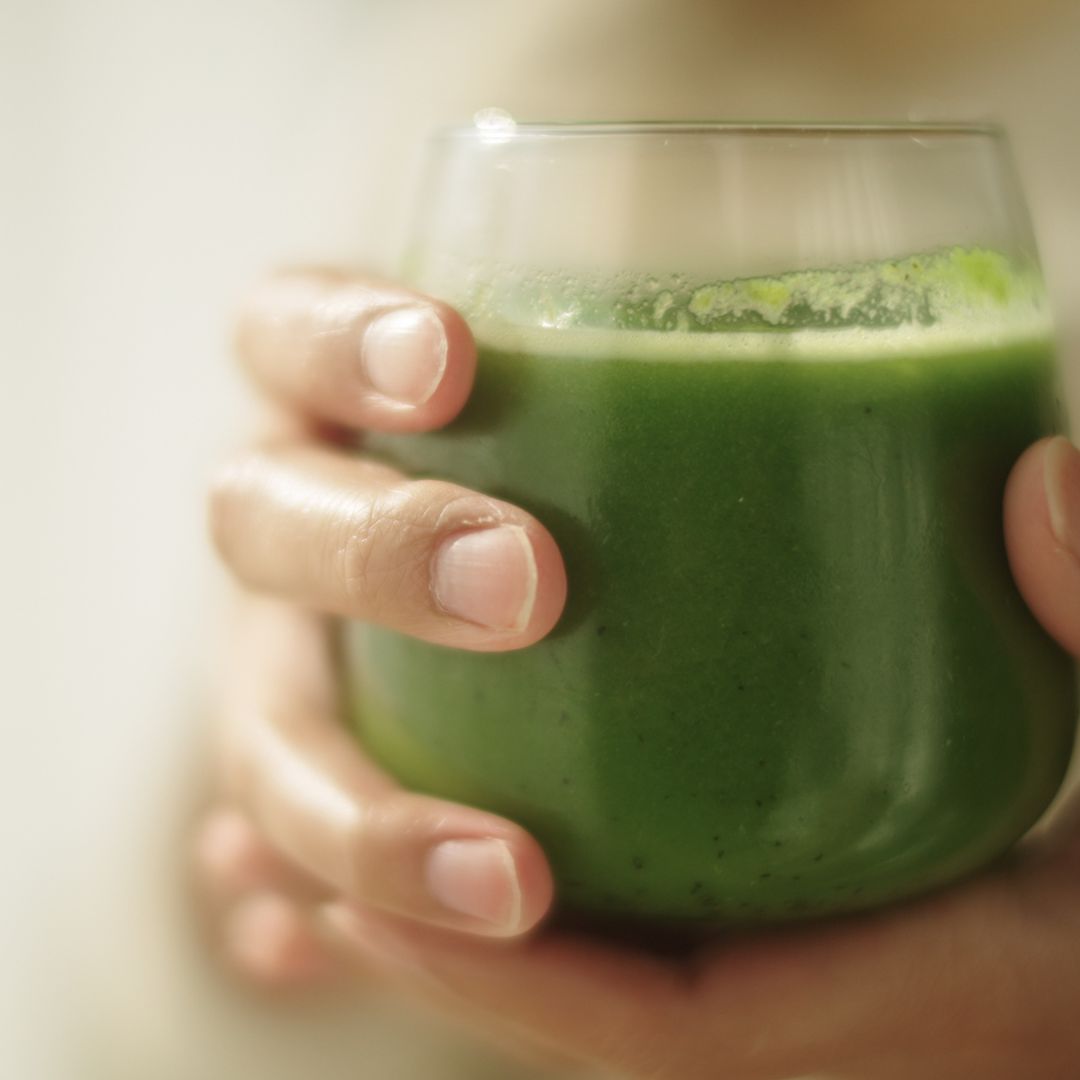 10 common nutrition myths a registered dietician swears they'd never follow - and wants you to avoid, too
10 common nutrition myths a registered dietician swears they'd never follow - and wants you to avoid, tooYou might find these surprising...
By Katie Sims
-
 Wellness Escapes: I went to Bali in search of winter sun, I came home with a new lease of life
Wellness Escapes: I went to Bali in search of winter sun, I came home with a new lease of lifeThis White Lotus-style sanctuary taught me how to relax
By Mischa Anouk Smith
-
 As Mel Robbins' Let Them theory gains global traction - how the simple tool promises to transform your life
As Mel Robbins' Let Them theory gains global traction - how the simple tool promises to transform your lifeNot to mention, help you take back control.
By Katie Sims
-
 I tried Jennifer Aniston's 80/20 approach to wellness - and can't tell you how refreshing I've found it
I tried Jennifer Aniston's 80/20 approach to wellness - and can't tell you how refreshing I've found itIt's all about balance.
By Katie Sims
-
 It's one of the most fun home workouts you can do: 6 best exercise hula hoops to add to your fitness regime
It's one of the most fun home workouts you can do: 6 best exercise hula hoops to add to your fitness regimeThey're very affordable, too.
By Amelia Yeomans